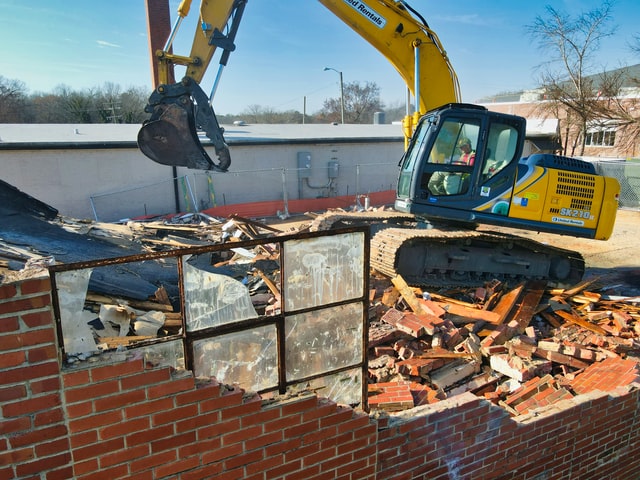
Whether you reside in a metropolitan city or live in a rural area, it must have been a common sight for you to see buildings being developed on one side while some of the buildings are being demolished on the other. You must have thought that it often takes so much time, sometimes years, to make a building. However, it takes only a few days, or sometimes months at the maximum, to demolish it. If buildings have already been made, why exactly is there a need to demolish them? Let us find out.
Why is there a need to demolish a building?
There can be a variety of reasons why a building should be demolished. Let’s go through some of them:
● Abrupt soil conditions: There can be a possibility that when a building is made initially, the soil conditions are optimum to withstand the building. However, after a due course of time, maybe because of overlooking a few factors, the soil conditions can worsen over time. In such a condition, the soil will be considered unfit for holding such a building, and hence the buildings will have to be demolished.
● When buildings are considered dangerous by the municipality, some buildings have become so old that there is a big doubt about their existence. Staying there for so long, the foundation of the building deteriorates, and the building can fall at any instant causing massive damage. In such cases, buildings are demolished manually as a preventive measure to avoid potential loss of life.
How is a building demolished?
● Making a proper survey of the building: Demolishing a building is not easy. First, a group of engineers surveys the building at a surface level. They see nearby drainage conditions, the density of population around the building, the elevation of the building, the type and quality of the materials involved during the construction process, traffic conditions, the structural design plan of the building, and a lot more.
● Dangerous materials are removed: A lot of materials on a building are present externally, for instance, D2H antennas, air conditioner compressors, asbestos, and much more, which might cause severe damage if not removed beforehand when they fall abruptly while the building is being demolished.
● Drafting out a demolition plan: Several factors need to be taken care of in the demolition process. The adjacent localities of the building, the structural support of the building, devising ways of collecting the debris, estimating the total time involved in the demolition process, and finding alternate relocation shelters for the people already residing in the building.
Once everything is sorted out, the final demolition process is carried out. The demolition party might use various tools and mechanisms, such as sledgehammers, bulldozers, ball vehicles, and excavators. These were the non-explosive alternatives. There are other explosive methods too, where government-approved explosives are used for the process. This process is quicker than non-explosive methods but has only a certain use case. It is preferred only in those areas where population density around the building is practically negligible. The building has a lot of free space around it to accumulate the falling debris more safely.
Learn more about building demolition Vancouver here.













